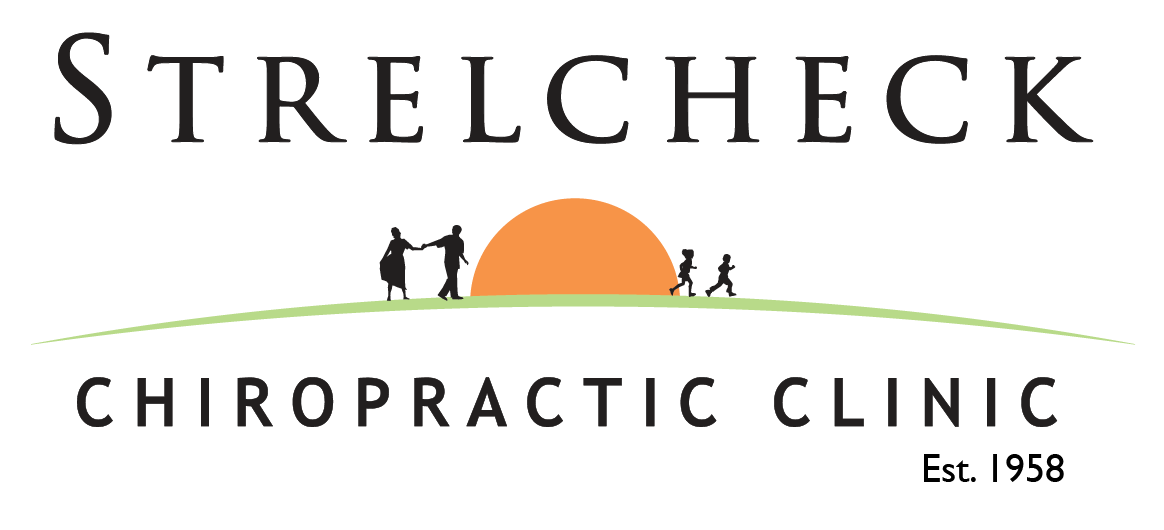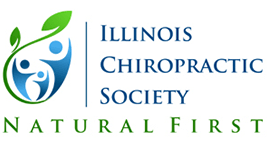Do you hear clicking when you chew? Are you experiencing ringing in the ears or get frequent headaches?
If so, you may be suffering from TMJ Disorder. More than 35 million people in the U.S. struggle with this disorder.
TMJ refers to the chronic inflammation of the temporomandibular joint, which connects the jaw to the skull. There are two matching temporomandibular joints, one on each side of your head, located just in front of your ears. The abbreviation “TMJ” literally refers to the jaw joint but is often used to mean any disorders or symptoms of this region.
It is surrounded by 68 pairs of muscles in front of the ear on each side of the head. They allow you to chew, yawn, speak and swallow and are in constant use.
Symptoms
TMJ Disorder can start with a variety of symptoms that stem from prolonged physical stress on the structures around the jaw joint.
Typical symptoms include:
• Pain while talking, chewing or yawning
• Pain in front of the ear that may radiate to the face or skull
• Headaches or migraines
• Ear pain, ringing in the ears or hearing loss
• Clicking, grating or popping sounds as the joints move
• Swelling of the face and mouth on the affected side
• Limited jaw mobility
• Misaligned bite
• Difficulty swallowing
Causes
A wide variety of stressors on the muscles, tendons and joints of the head and neck include teeth grinding, a misaligned bite and sleep positions as well as the use of smart phones, laptops and other devices that require the user to tilt the head down repeatedly or for extended periods.
Other possible causes of TMJ-related symptoms include fractures, trauma from a fall or auto accident, dislocations, arthritis or wearing away the surrounding cartilage, and structural problems present since birth.
Diagnosis and Treatment
Because the disorder involves the teeth, the jaw joint, cervical spine and associated structures, you may need to consult with more than one medical specialist. This may include your primary care provider, dentist and chiropractor depending on your symptoms.
The tests that you can expect include:
• A dental examination of the bite alignment
• Dental X-rays
• Palpation of the joint and muscles for inflammation or tenderness
• Pressing around the head to locate areas that are sensitive or painful
• Examination of the jaw open and shut
• X-rays or MRI of the jaw
Each discipline offers treatment options based upon their philosophy. The range of possible treatments ranges from conservative to surgical, including chiropractic adjustment of the jaw and/or the associated structures, physical therapy, botox injections, dental appliances, sinus drainage, removal of the wisdom teeth and others.
You may be wondering, “How can a chiropractor help a problem with my jaw?” The answer is simple — as a chiropractor, I am trained to correct conditions caused by musculoskeletal disorders, which can affect the body’s muscles, joints, tendons and ligaments. I approach TMJ symptoms by starting out with a complete exam and palpation of the affected areas, a posture evaluation and a discussion about medical and family history, lifestyle habits and daily routines. At that point, we may take X-rays. Collectively, this data gives me a greater understanding of the severity of the disorder, the amount of mobility and possible causes.
From there, a chiropractic treatment plan is set in motion with one goal in mind: to eliminate the physical stress on the jaw. By doing so, we eliminate the spasms and symptoms and gain range of motion by returning the jaw into its normal position.
Individually tailored plans vary, but generally speaking, that process may include gentle adjustments, exercises or stress-relieving therapies along with massage or the application of ice and ultrasound, as needed.











